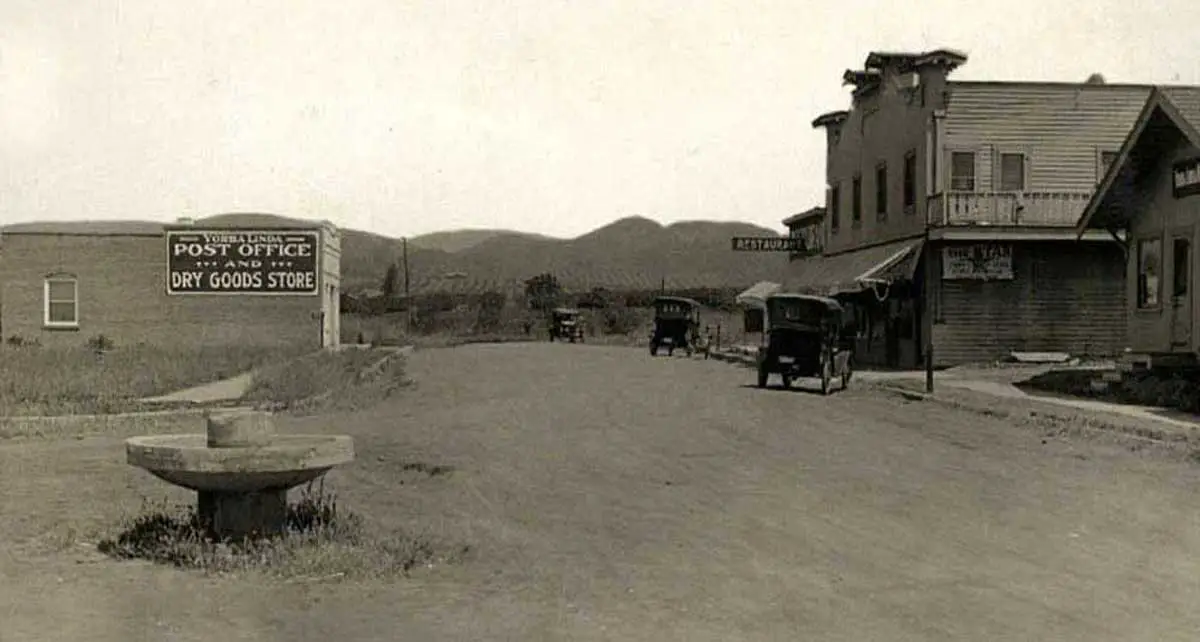The ghost towns detailed here are significant examples but not all the examples of the ghost towns in Australia. They have been included either for their historic significance, or because they have other significance which is detailed in the text.
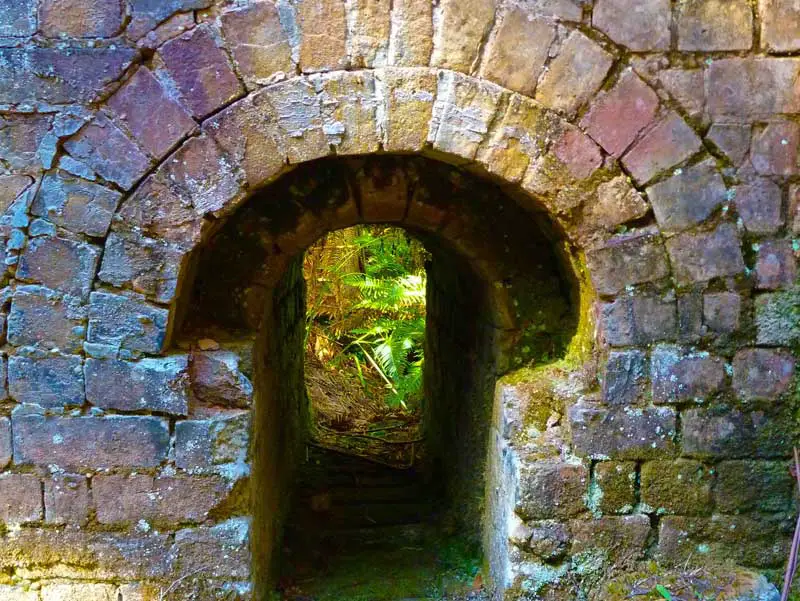
East Pillinger (Tas)
The town of East Pillinger, on the south eastern side of Macquarie Harbour on the West Coast of Tasmania, came into being in 1897 as the port for the shipment of ore from James Crotty’s North Mount Lyell mine. Trains on the North Mount Lyell Railway took ore to the smelters at Crotty and on to Pillinger. East Pillinger was a company town, and West Pillinger was the neighbouring government town. East Pillinger had three wharves, a sawmill, brickworks and ore crusher. West Pillinger had stores, hotels and a police station. When the Mount Lyell Mining and Railway Company took over the North Mount Lyell operations, Strahan was chosen over East Pillinger as the preferred port. Some people remained at East Pillinger harvesting timber and servicing the ships and trains that called in from time to time. The company gradually dismantled and removed most of the buildings and railway infrastructure. Trains continued to operate until 1925, mainly transporting firewood and mining timber to the mines. The following year, the track was removed from the stretch of line between Kelly Basin and Darwin. Following the cessation of rail services, only one shop and one hotel stayed open. Only two families remained. The last of these – the Crossans – left in 1943. Originally known as Macquarie, the town owed its name to Alfred Pillinger, Minister for Lands and Works in 1898.

The town of East Pillinger, on the south eastern side of Macquarie Harbour on the West Coast of Tasmania, came into being in 1897 as the port for the shipment of ore from James Crotty’s North Mount Lyell mine. Trains on the North Mount Lyell Railway took ore to the smelters at Crotty and on to Pillinger. East Pillinger was a company town, and West Pillinger was the neighbouring government town. East Pillinger had three wharves, a sawmill, brickworks and ore crusher. West Pillinger had stores, hotels and a police station. When the Mount Lyell Mining and Railway Company took over the North Mount Lyell operations, Strahan was chosen over East Pillinger as the preferred port. Some people remained at East Pillinger harvesting timber and servicing the ships and trains that called in from time to time. The company gradually dismantled and removed most of the buildings and railway infrastructure. Trains continued to operate until 1925, mainly transporting firewood and mining timber to the mines. The following year, the track was removed from the stretch of line between Kelly Basin and Darwin. Following the cessation of rail services, only one shop and one hotel stayed open. Only two families remained. The last of these – the Crossans – left in 1943. Originally known as Macquarie, the town owed its name to Alfred Pillinger, Minister for Lands and Works in 1898.
- More
- More
- More

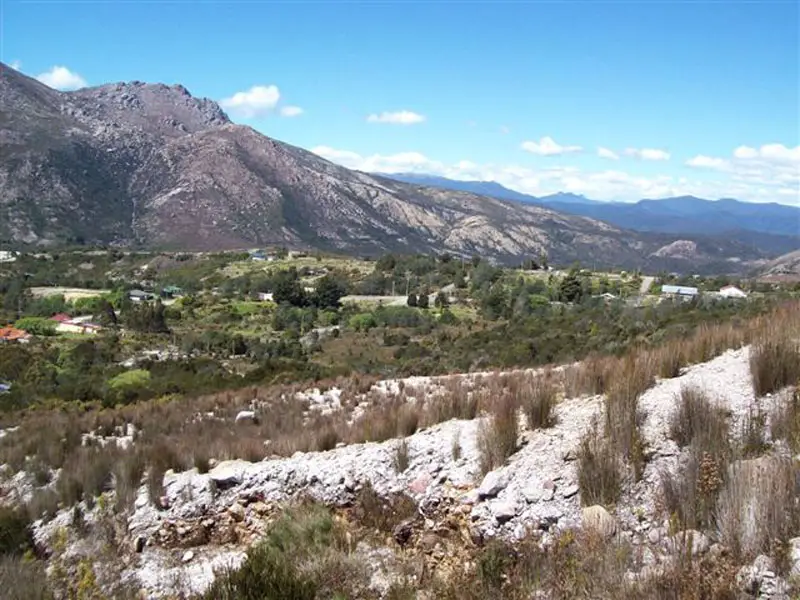
High on the slopes of Mount Owen, above the town of Queenstown is the remnants of the mining town of Gormanston. It was the original mining settlement in the area, being established in 1881 by miners and growing rapidly with the discovery of Iron Blow. It was built as the company town for the Mount Lyell Mining and Railway Company operations at the Iron Blow open cut copper mine and later also became the terminus of the North Mount Lyell Railway before it closed. Normanston was at its peak in 1901, when it had a population of 1,760 and had a local government authority based in its town. It was the nearest community to the 1912 North Mount Lyell Disaster and was used as a base by company officials attending to this disaster. Today there are only a handful of families still living in this historic mining town. Considerable numbers of buildings have been removed to other locations, and the local government authority was absorbed into the West Coast Council and the adjacent Mount Lyell workings have been closed down.

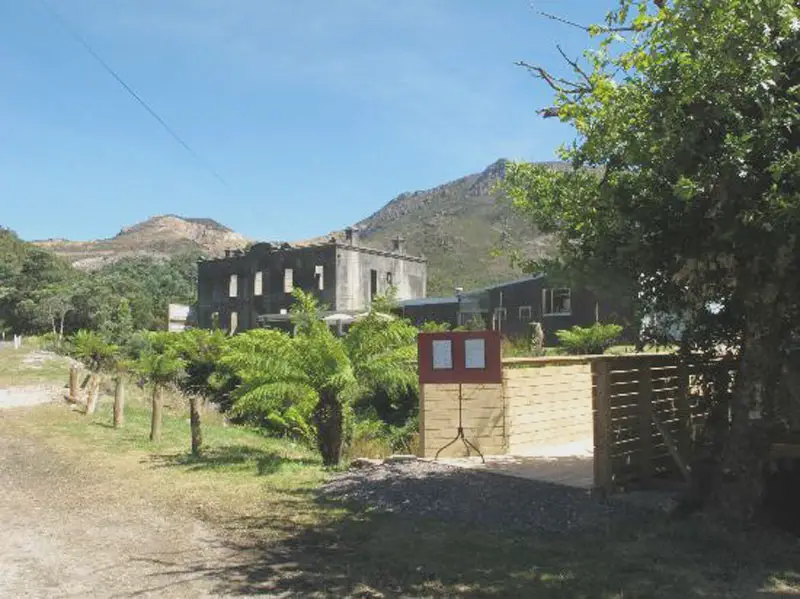
Close to Gormanston was Linda, once a prosperous mining town, now a ghost town. It is located 8 km from Queenstown and is well worth a visit by people interested in seeing how towns, once they have outlived their usefulness, simply die. Linda was the town supporting the North Mount Lyell mine and the terminus of the North Mount Lyell Railway when it was in operation. Ore was taken from the mine to smelters at Crotty (now under the waters of Lake Burbury) then the refined metal taken to a port at Pillinger on the shores of Macquarie Harbour at Kelly Basin. When North Mount Lyell was taken over by Mount Lyell Mining and Railway Company in 1903, Linda was quickly reduced in significance and eventually most residents moved to Gormanston, the nearby Mount Lyell town. Linda was the site of a serious underground mining disaster in 1912 when 42 miners were killed by a fire deep within the mountain. The remains of the townsite of Linda are at the northern side of the Linda Valley, to the north or ‘down the hill’ from the equally abandoned community of Gormanston, and adjacent to the Lyell Highway east of Queenstown.

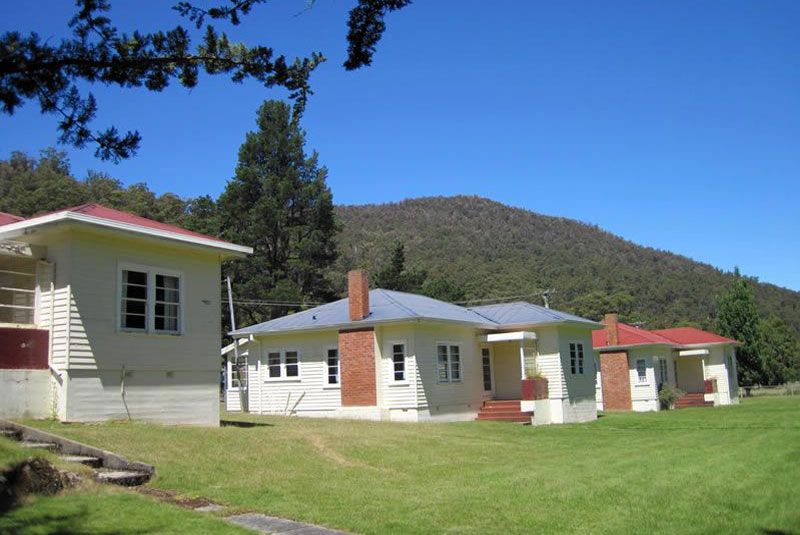
Now a ghost town, the village of Waddamana is a former hydro-town at the foot of the southern side of the Central Plateau of Tasmania. It stands next to the two decommissioned Waddamana power stations. The town flourished with a population of over 100 in the early 1900s when the power plant situated there was being built. Waddamana Post Office opened on 18 August 1913 and closed in 1971.Its current permanent population stands at four or five. Schools often take their students to Waddamana for camps. It has gained a reputation for its harsh weather – it often snows and icing was a problem when the hydro plants were still in use. The Tasmanian Aboriginal name waddamana means ‘noisy water’.
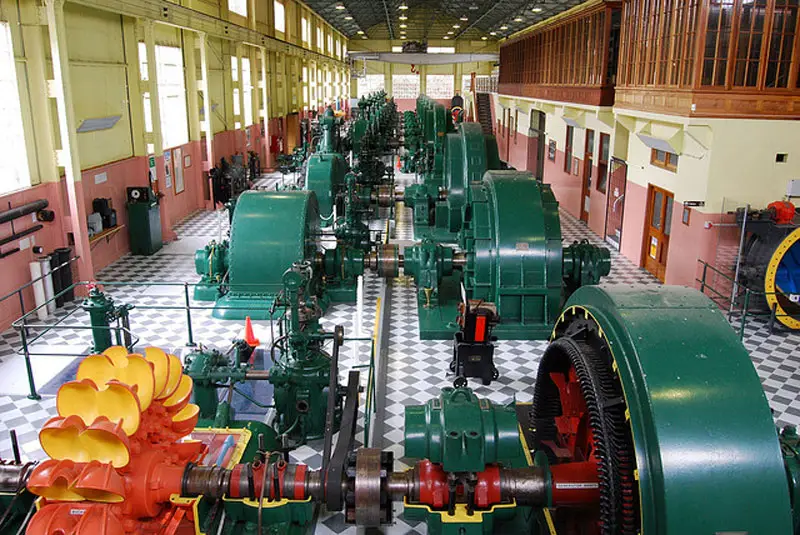
Waddamana Power Station Museum offers a rare chance to see one of Tasmania’s iconic hydro-electric power stations at close range. It makes an interesting stopover for travellers on the Lakes Highway. Waddamana is the site of Hydro Tasmania’s first hydropower station. After a hard life of generating renewable energy, the station was put into retirement. The Waddamana power station now has a new life as a museum filled with original equipment and other displays. A private company started construction on Waddamana in 1910, but the project struck financial trouble. In 1914 the Tasmanian Government bought the partly built works and formed the Hydro-Electric Department to take over. In 1916 power generation began.
Over the ensuing years power demand in Tasmania grew and Waddamana also grew to match this demand. Shannon Power station was built to use the water from Great Lake before it ran onto Penstock Lagoon and Waddamana. A second power station was built at Waddamana – Waddamana B. All three power stations continued to operate until 1964, when Waddamana A and Shannon were decommissioned. Waddamana B continued to operate until 1994. Poatina power station was built to the north of Great Lake to replaced Waddamana.








